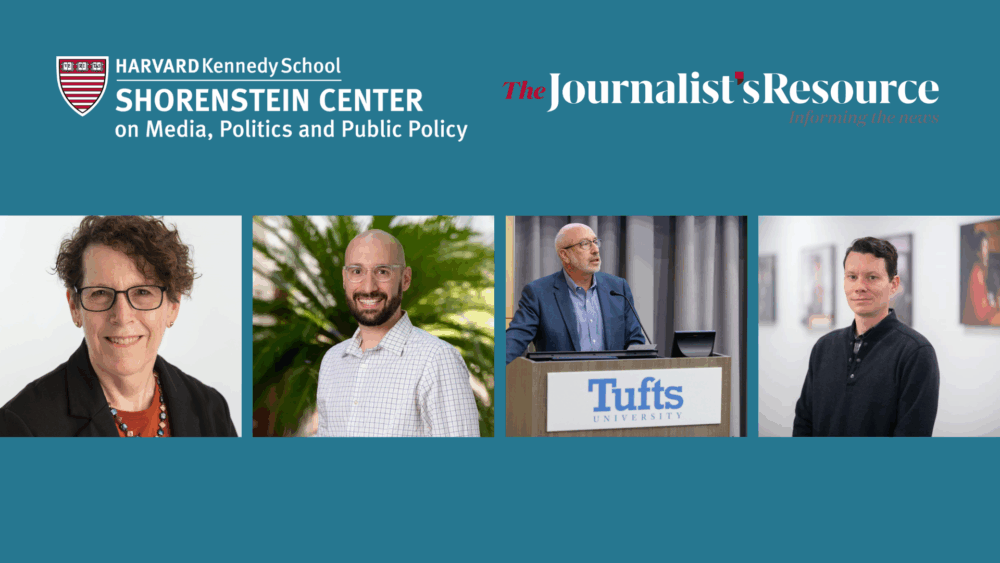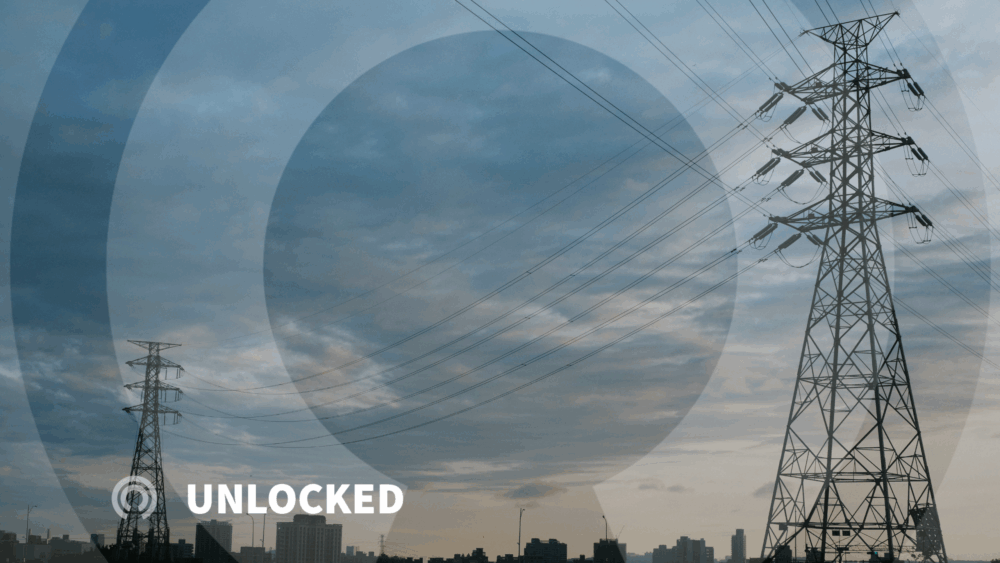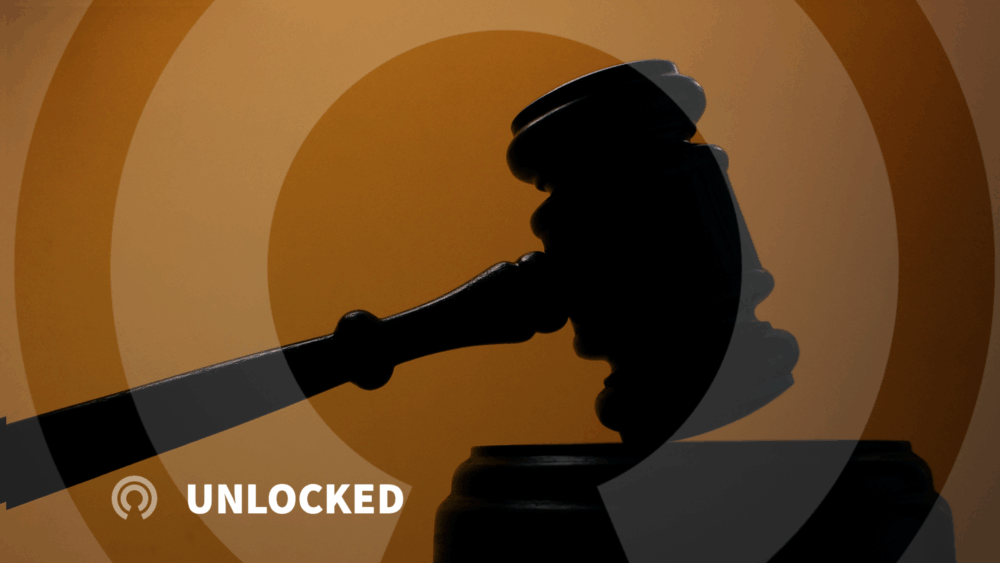
Videos
SCOTUS, tariffs, and the administrative state: What journalists need to know
Commentary
The global spread of coronavirus has obfuscated several ways in which media freedom has decreased over the last three years. News websites dropped their paywalls to make their pandemic reporting freely available, while still struggling to convince the general population and decision-makers of their long-term utility.
Censorship has been swift in both democracies and authoritarian countries, with catalogues of offences against press freedom proving that these are not isolated incidents but trends. In many cases, governments claimed national security risks from an ‘uncontrolled’ media sector, implicitly acknowledging the power of a free press as well as banking on the likelihood that their targets cannot organise an effective defence. Beyond government stances, the Edelman Trust Barometer indicated that, in 2022, 67% of those surveyed believed that “journalists and reporters [we]re purposely trying to mislead people by saying things they know are false or gross exaggerations”, up from 59% in 2021.
My doctoral research investigated threats to press freedom from networked consumer devices in democracies. One piece involved conducting 63 interviews with experts in law and policy relating to the media and emerging technologies in the United States, the United Kingdom, Australia and Taiwan. Many interviewees mentioned impacts that the COVID-19 pandemic had on press freedom in 2020 and 2021. This data forms the basis of this article, although it has been updated to reflect any notable changes in policy in 2023.
For the first time since the Cold War, an American journalist, Evan Gershkovich has been arrested under espionage charges in Russia. Russia has further accused foreign bureaus and correspondents of “performing the functions of a foreign agent” and placing them on a registry with requirements such as financial disclosures. The relevant law has existed since 2012; however, the first notable escalation occurred in February 2020, when Radio Free Europe/Radio Liberty was charged and faced a fine of almost $150,000. Restrictions on access to information have also emerged in countries such as Greece, Brazil and Bangladesh.
Many democratic states (including the UK, Czech Republic, Poland, and Taiwan) did not simply cut off all press access to information but rather curated the information available: restricting press access to information through closed briefings and denied accreditation. Most journalists interviewed as part of my doctoral research were complimentary about Taiwan’s coronavirus response, but one reported that closed press conferences allowed the Taiwanese government to exclude many journalists from being able to attend and ask questions freely. Although these measures have since been discontinued, there is the risk that the next global crisis will elicit similarly selective political communication to inhibit journalism and limit government accountability.
Another notable example is that of the Al Jazeera team whose documentary about Malaysia’s mistreatment of migrant workers during the pandemic was followed by raids on their bureau and harassment, both on- and offline, as well as deportation of both reporters and sources. To compound these attacks, the Malaysian authorities held state-broadcaster-only briefings repudiating the journalists’ findings, without any evidence to support their denials.
Unfortunately, a security threat that deeply concerns many journalists and whistleblowers became unavoidable during the pandemic: tracking via the collection of personal data by applications hosted on phones and networked devices. Contact tracing efforts are controversial, with some believing this to be a necessary form of data surveillance if the proper data protection reviews are conducted and upheld, and others concerned about the poor security of the data collection and retention technologies. Lax security had already allowed at least one data breach by April 2021. Another likely outcome is governmental overreach to allow use of the data for non-pandemic-related reasons by state agencies and law enforcement, which was reported in the UK as early as June 2020.
It is, however, worth noting that countries such as the UK and US already operate a massive surveillance apparatus such that these pandemic tracing measures do not add much legal collection of information to government troves. Still, governments’ decisions to outsource COVID data analytics to companies such as Palantir have been criticised, and in the UK’s case, this access has extended far beyond pandemic measures. One way in which the media could fight these measures is by uniting to raise awareness of political actions that have long-term detrimental effects, as shown by various Australian newspapers blacking out their front pages to protest obstructive national security laws.
My research indicates that the pandemic has caused an enforced absence of deeply-rooted methods of threat intelligence sharing upon which media communities had relied – like staff journalists’ after-work drinks in urban hubs, or media lawyers’ meetings with free pastries and too-long breaks that involve grumbling about common problems. Instead, interviewees noted that these natural opportunities to be open about shared adversaries and to collectively untangle complex stories have been replaced by stark Zoom meetings with agendas swiftly rattled off and no pauses or deviations. Further, freelancers are still locked out of inter-organisational conversations, even if they could form their own virtual communities. The lack of resources available to the press, even prior to the pandemic, has meant that more coherent organisational security strategies are haphazard and nascent.
These trends highlight the severity of threats facing the press and journalists and the need for more updated and comprehensive security provisions available to them. Neither individual journalists nor the media industry can tackle these challenges alone. The Centre for Freedom of the Media’s publicly available database of academic literature on journalism safety issues is one place to find brilliant research on this issue. The Shorenstein Center’s own Journalist’s Resource team regularly produces detailed and accessible articles and tip sheets to help journalists ground their reporting in peer-reviewed research. Finally, I have created a toolkit to help members of the media manage emerging technological and associated legal risks that I hope to make publicly available in the future. Journalists must utilise all these resources if they are to illuminate intersecting crises – including those related to finances, health, employment and news literacy – and mitigate the long shadow cast by the pandemic.
This article is an updated version of a 2021 report originally written for the Association for International Broadcasting.
Anjuli R. K. Shere has submitted her doctoral thesis in Cyber Security to the University of Oxford and is finishing a two-year research fellowship at Harvard’s Shorenstein Center on Media, Politics and Public Policy. Anjuli’s research focuses on the management of emerging technological risk. Get in touch at: anjuli.shere@new.ox.ac.uk

Videos

Explainers, Podcasts, Videos

Explainers, Podcasts, Videos